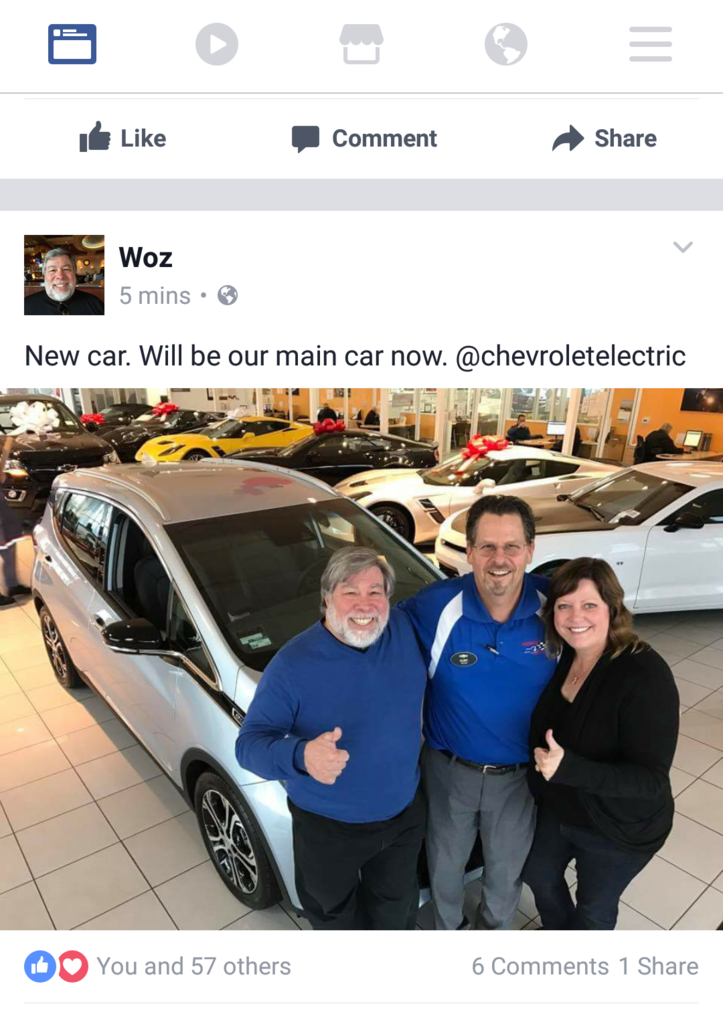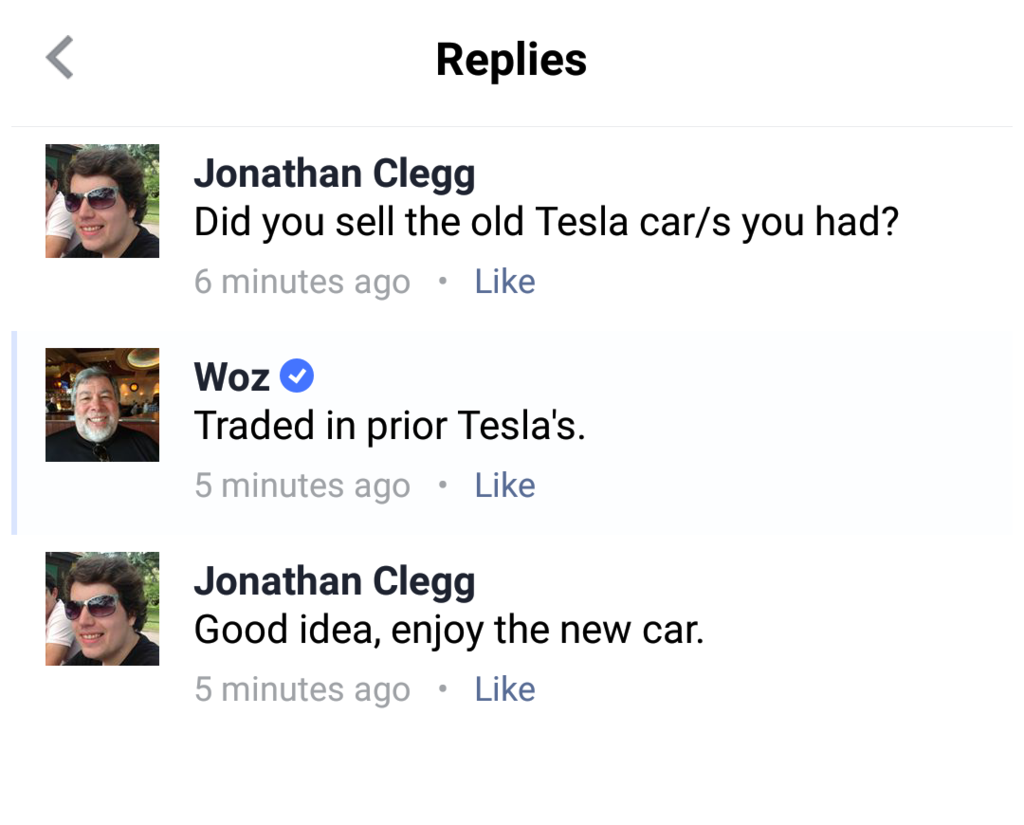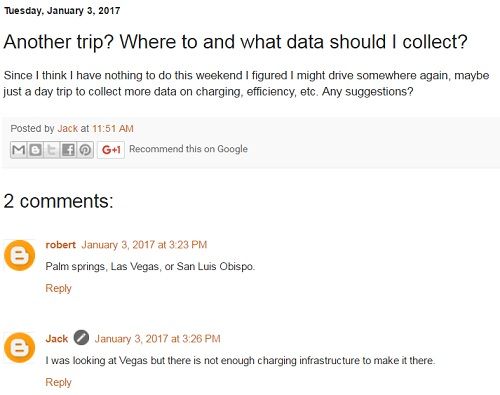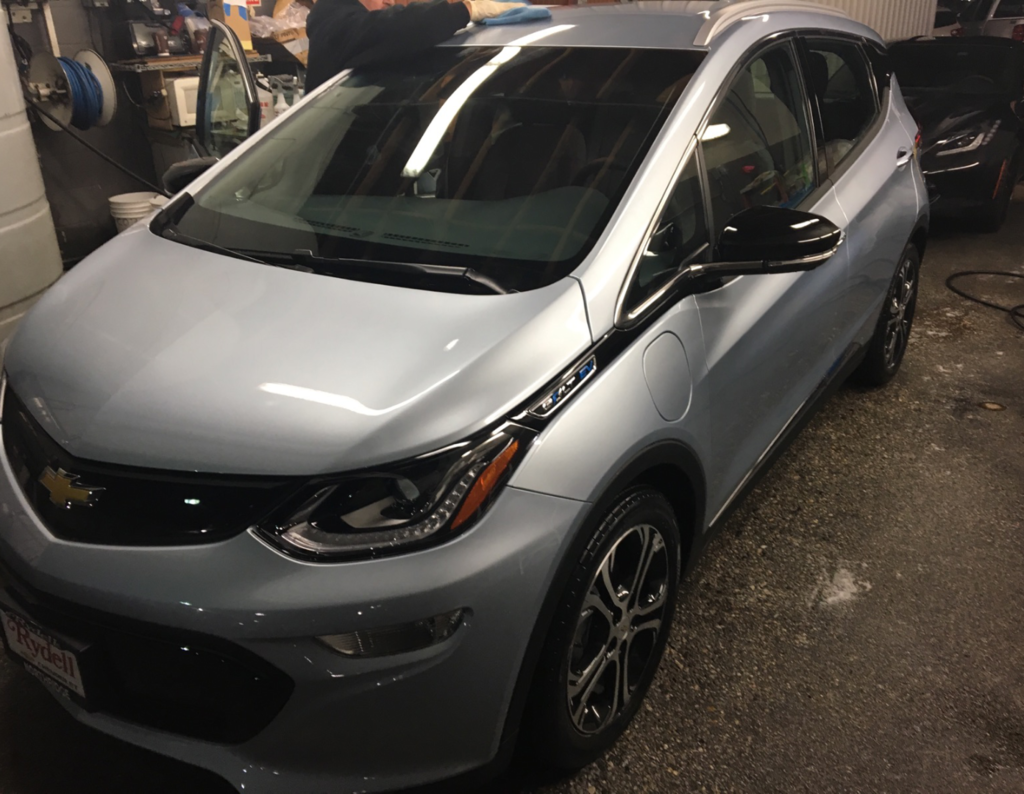Anyone with a Tesla ever driven through really bad rain care to chime in whether or not serious raid could do this?
I made a round-trip journey recently; outbound was clear weather, driven in a hurry, weather was fine but we were late leaving so I set cruise control for 85 on the highway. Return was
torrential (for us!) rain, driven economically.
I had an additional short local journey before (and at the end of the trip) to pick up additional passengers (driven fast outbound, and very economically on return as SOC was low). Started with 100% charge, arrived with 50% charge, wasn't worried because the return journey would be more leisurely but I didn't know it was going to be raining and I got home with only a couple of miles to spare.
Outbound cruise = 80 MPH, weather fine, temperatures 12.5C / 55F, average speed over 81 miles was 60 MPH, 433 Wh/Mile, 1h23m, Several parts of the journey had slow traffic, so I would also have been accelerating a fair bit as gaps opened up (log for several sections shows speed peaking at 90 MPH).
Return Cruise = 70 MPH, weather heavy rain, temperature 11C / 52F, average speed over 81 miles of 55 MPH,
465 Wh/Mile, 1h29m no significant slow traffic.
Google Maps says that the highway section is 58.5 miles and has a typical driving time of 63m (speed limit here is 70 MPH). It took me 50 minutes outbound and 55 minutes return
Dunno if that says anything (clearly same cruise speed for out and back would have made comparison easier), but subjectively dry aggressive driving at 80 MPH was exceeded by wet consistent driving at 70 MPH.







